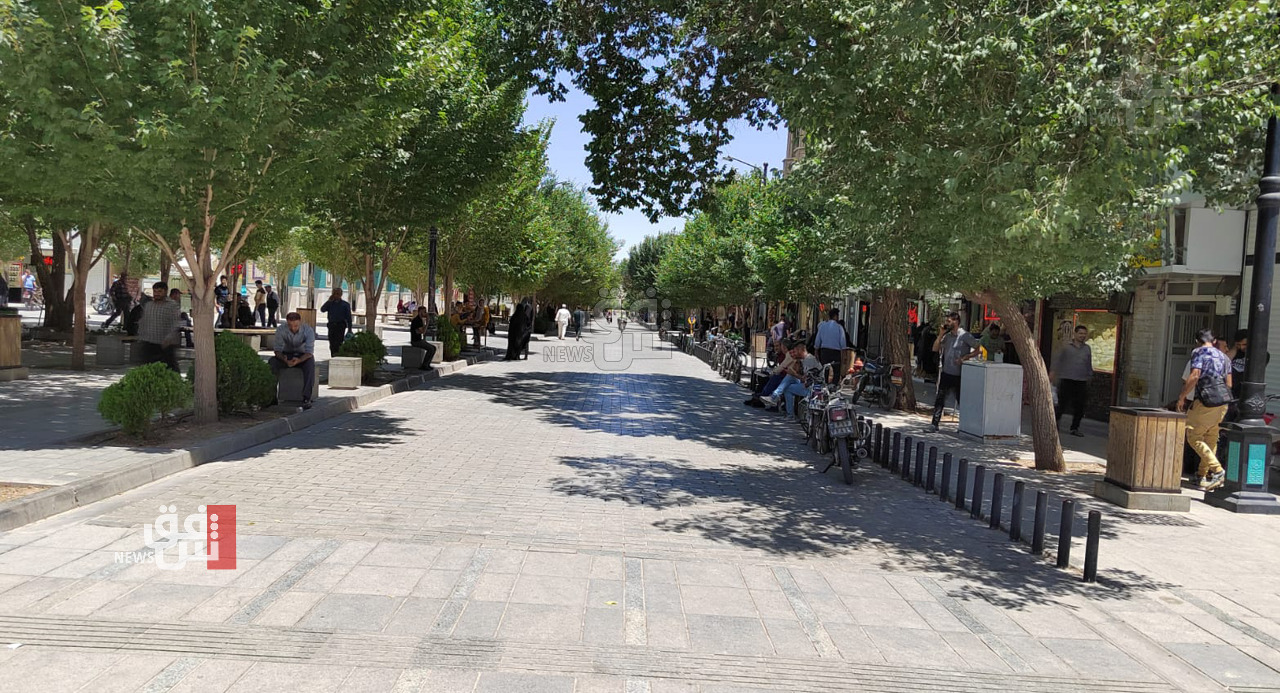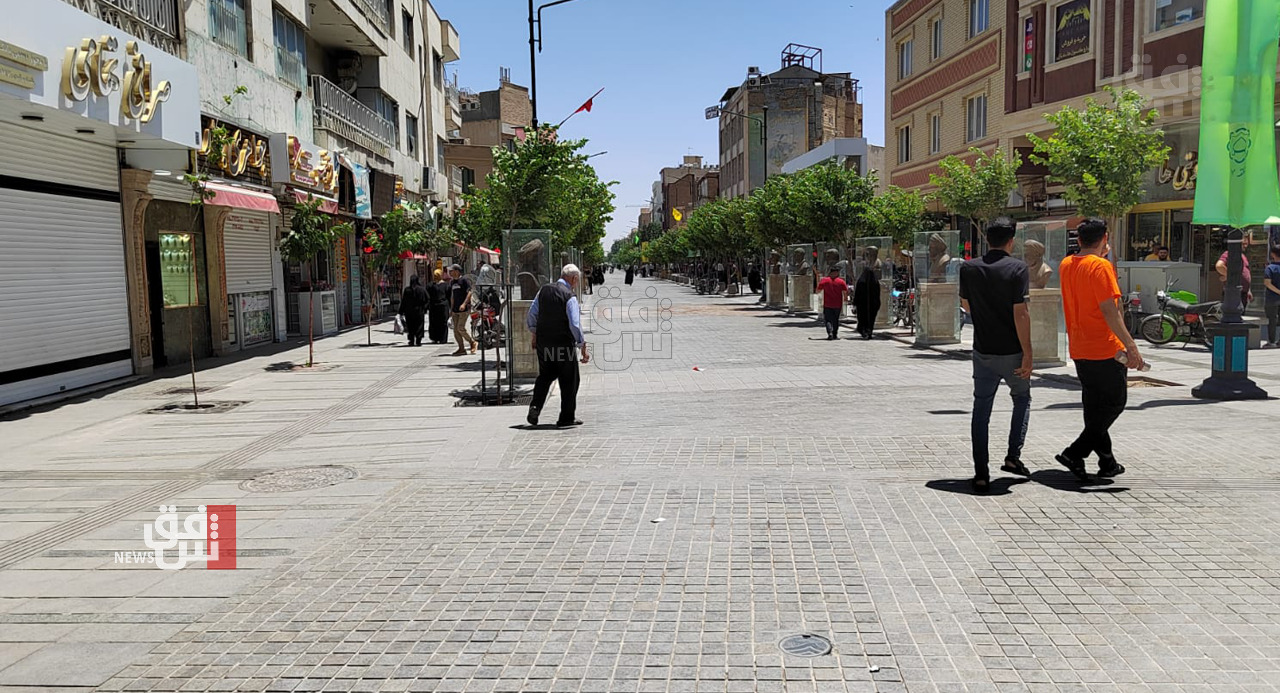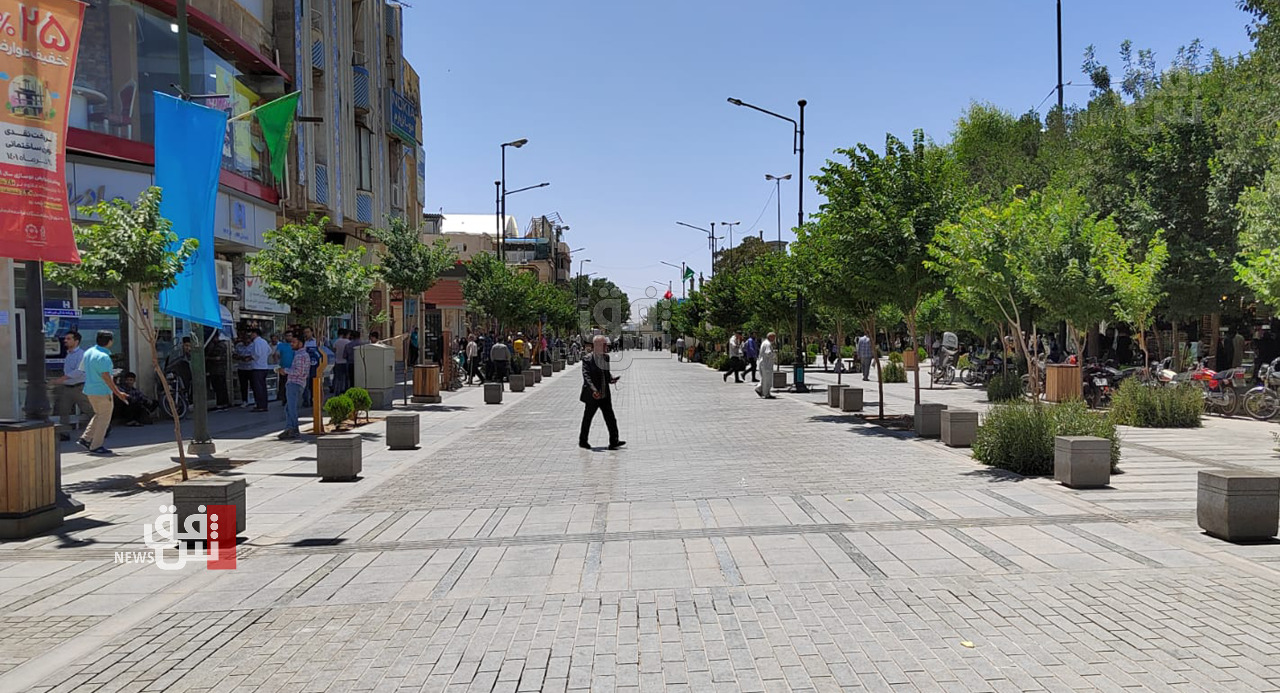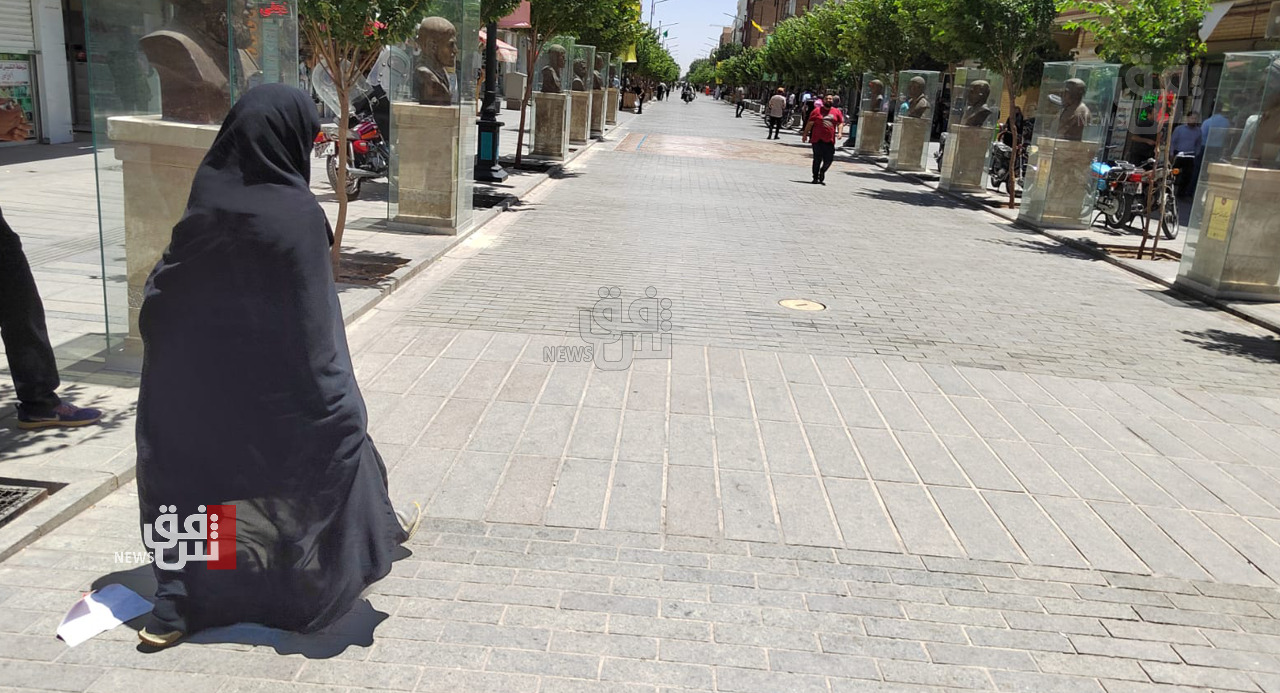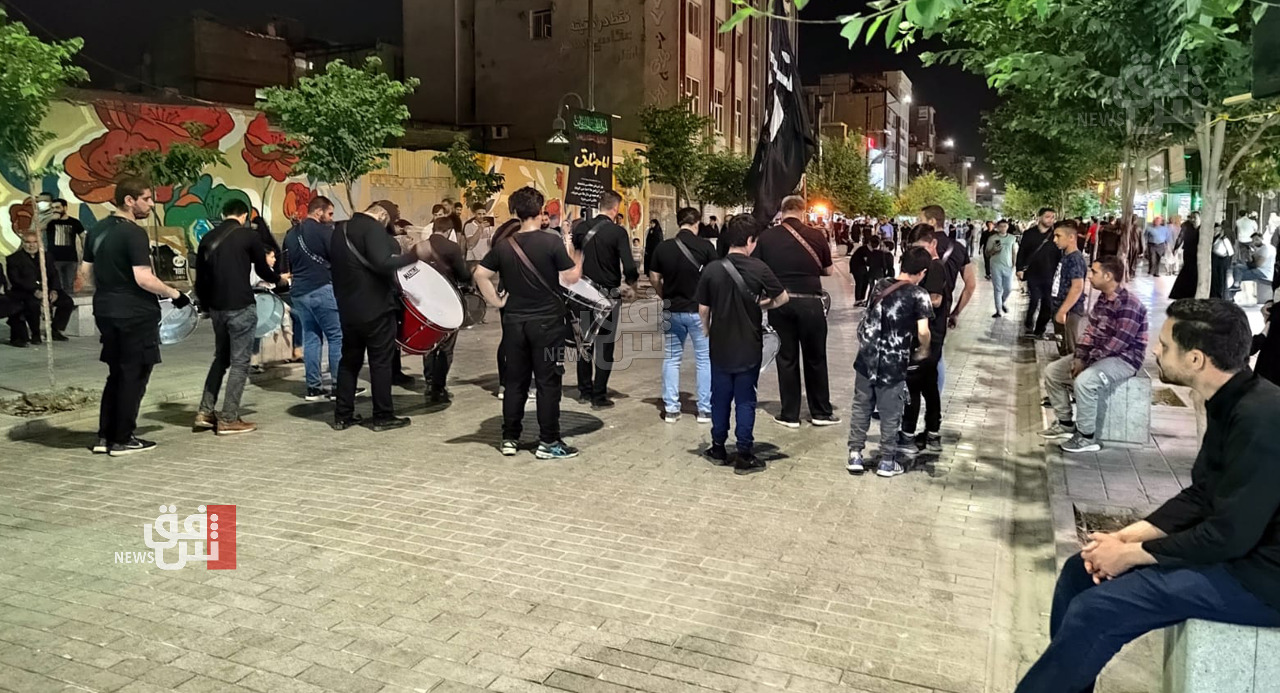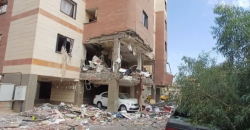"Tandoor bread, tea, and masgouf ": Highlights of the "Iraqis' street" in Iranian Qom
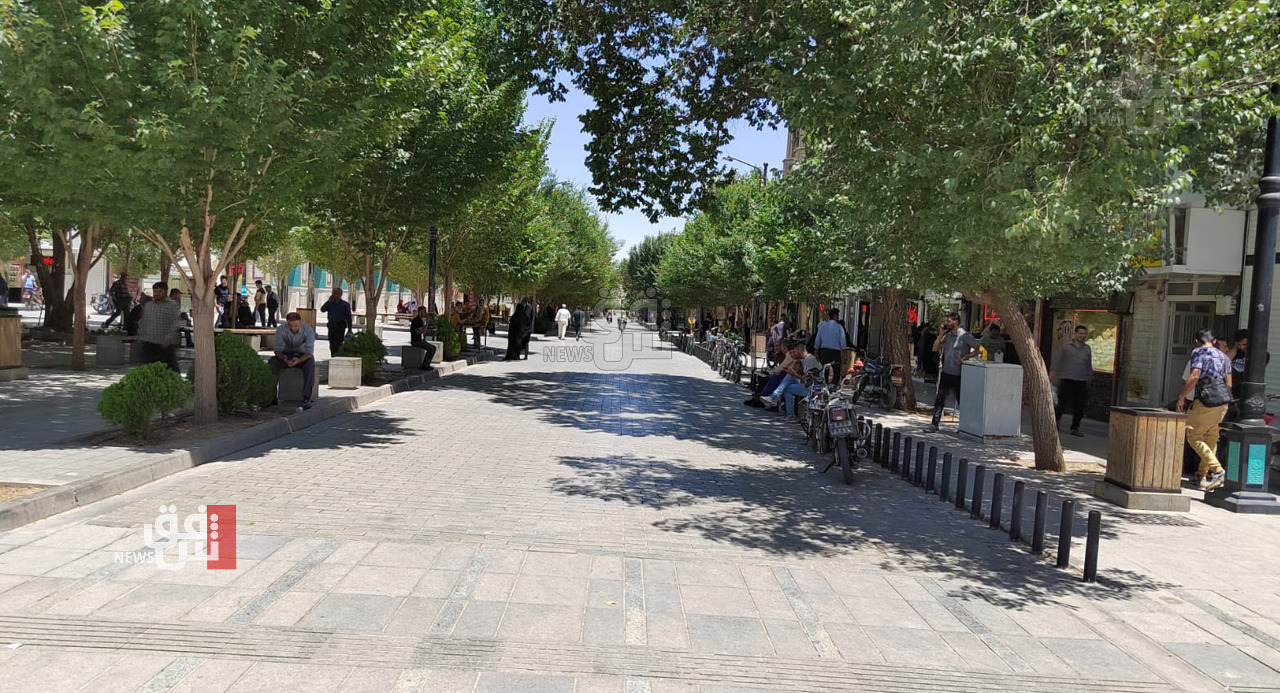
Shafaq News / "It brings back the memories of the old city of Najaf where the scent of cardamon tea and tandoor* bread are the first things you sense once you step inside its neighborhoods." That is how Iraqis living in Iran characterize the Iraqis' street in Qom.
Qom, located 157 kilometers south of Tehran, is considered the Shiite scientific and religious heartland after Najaf. It features many holy monuments, including the shrine of Fatima al-Ma'suma, daughter of Imam al-Kadhim.
Every day, Mohammed travels a long route to visit the shrine of Fatima al-Ma'suma in Qom, "then, my feet involuntarily take me to the spot that has become known as the Iraqis' Street."
"In the city of Qom, there is a street known as the Street of Iraqis since wandering through it makes Iraqis feel at home. The prevalent language is local Iraqi, as is the food."
He added, "even though it is not a very long Street, it has become a tourist attraction for Iraqis coming to the Islamic Republic of Iran," indicating, "there are people in my country that I have not met in years, yet I bumped into them in the Iraqis' Street."
"Due to Iran's poor economic situation resulting from the sanctions imposed on it, this street was infamous for the fraud and theft that used to happen daily. Financial and official document theft affected many Iraqis there."
A second Najaf
Adnan Aziz explained, "Due to its proximity to the shrine of Fatima al-Ma'suma, the Street of Iraqis in Qom serves as a gathering place for Iraqis as well as religious tourists. Additionally, there are numerous restaurants where staff members speak fluent Arabic and hotels that can accommodate visitors with all economic conditions."
Aziz continued, "Iraqis meet in this city a lot because it brings together the sons of the same country, also, its architecture is similar to that in Najaf. Therefore, visitors find the depth of spiritual interdependence between the two cities."
"It is no exaggeration to say that the Iraqis' Street is a miniature city for Iraqis in Iran. It comprises services in all fields, currency exchange, restaurants, travel offices, express shipping, etc..."
Risks of theft
According to Aziz, there are drawbacks to this Street as well as advantages; many defraud Iraqis by exchanging their money for fake bills.
"Some grocery stores exploit Iraqi tourists' weak Persian and double the prices. To stop that, steps must be taken by the Iranian government and the Iraqi government."
"Despite everything, these incidents do not accurately portray Iran and its people," according to Aziz, who claimed that his phone and money were robbed.
The monument of war
Aziz added, "The Iraqis' Street is just one part of the vast city of Qom. At the Street's entrance, there is a monument that serves as a reminder of the war between Iraq and Iran in the 1980s. Iran wants to demonstrate that it did not forget the war."
Two stages
On the other hand, Aqeel al-Harbi said that the Street went through two stages, the first before 2003, when Iraqis were forced to migrate to Iran during Saddam Hussein's era and settled in Qom. They established this simple place and named it after them because of their frequent presence and almost daily meeting in it."
"The second stage began when Iraqis began traveling to visit Iran's holy shrines after 2003. The special tea flavor from Abu Abbas, the taste of Abu Mohammed's masgouf*, and many other things make every Iraqi feel at home as soon as they step foot there."
"Touring the Iraqis' Street, you will come across Um Saad, who bakes tandoor bread wearing a cloak she wraps on her side, just like Iraqi countryside women do. You will also come across a bearded man in his fifties calling in Iraqi dialect. He is one of the many vendors on this Street who work in exchanging currency."
"The Street expanded and took over the Kaa'ba Street, from which it originated, and became a kilometer long. It thrives the most in the summer. The Kaymak* there is striking as it comes from the Ahvaz Arabs and is sold by a Persian man who learned from the visitors over the years."
*Tandoor: A large urn-shaped oven, usually made of clay.
*Masgouf: A Mesopotamian dish consisting of seasoned grilled carp.
*Kaymak: A creamy dairy food, made of water buffalo milk.
